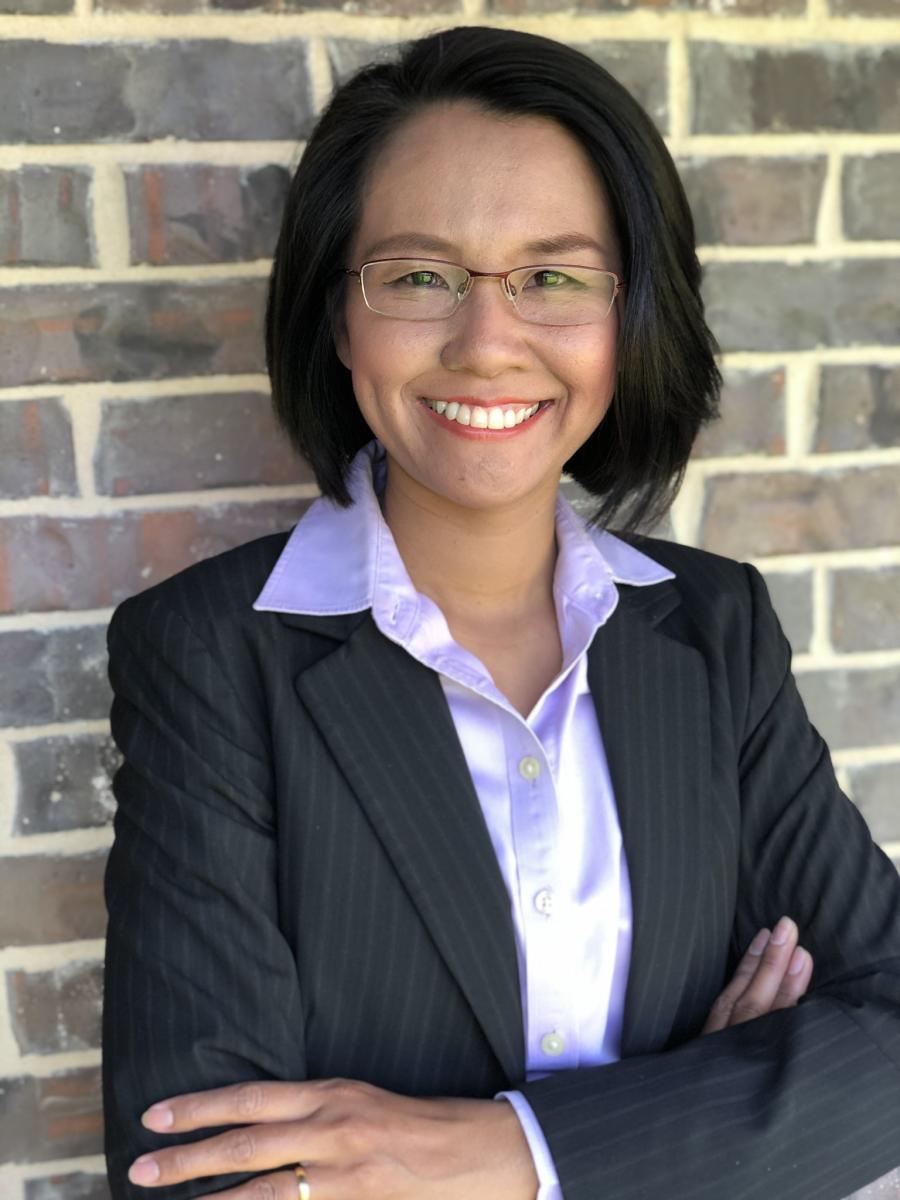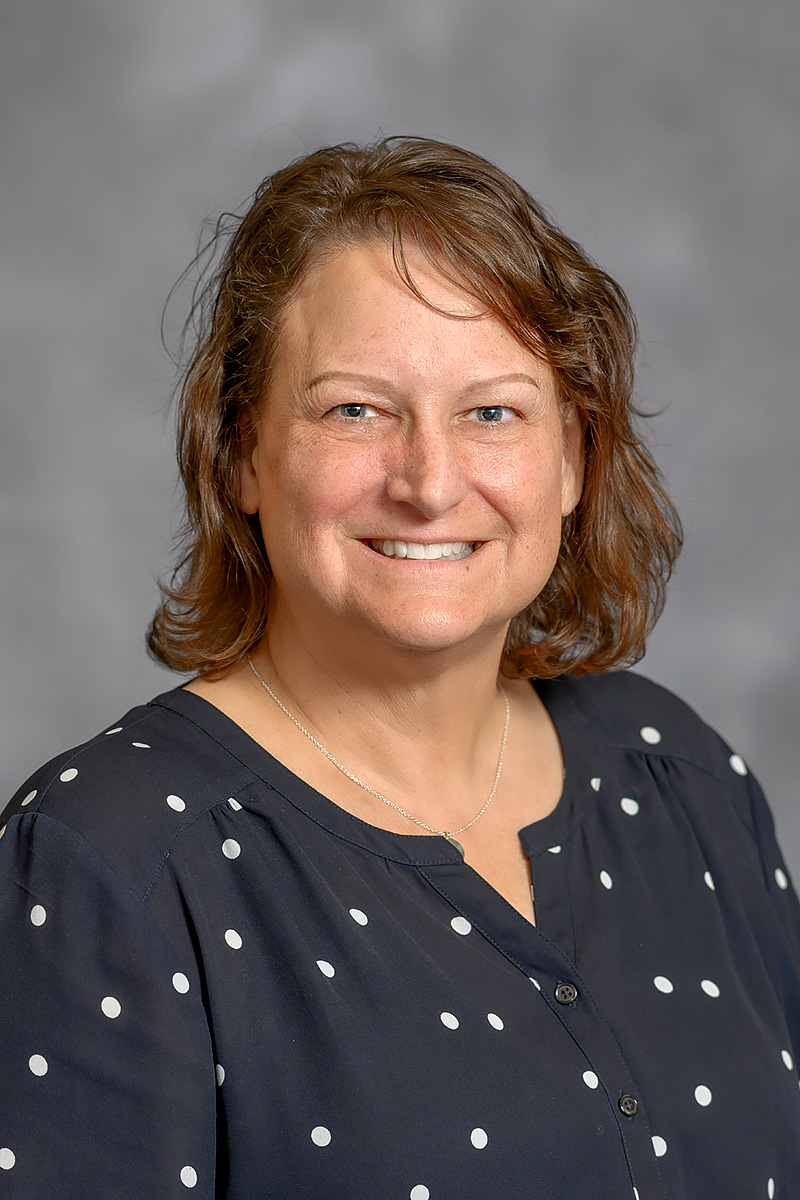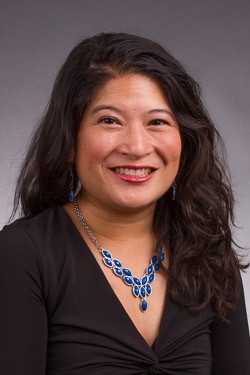
For most people, speaking before an audience or crowd falls under the category of necessary evils. Public speaking is our most common fear, according to psychology researchers. But presenting at academic gatherings like this month’s NCA Annual Convention in New Orleans, is fundamental to academic life. Three NCA members and Communication scholars know this well. For their recent study published in the Texas Speech Communication Journal, Piyawan Charoensap-Kelly, Southern Methodist University, DeAnne Priddis, Middle Tennessee State University, and Narissra M. Punyanunt-Carter, Texas Tech University, turned to fellow NCA members, asking what makes an effective convention presentation. Their findings also suggest strategies for success.
In what may be a first for this 5 Questions feature, we spoke with three authors about their timely study, “Practice What We Preach: National Communication Association Members Define Effective Conference Presentations and Provide Suggestions for their Improvement.” The authors' second new paper on NCA member presentations, a "Needs Assessment of National Communication Association Conference Presentations: Members’ Perceptions of Presentation Effectiveness, Values, and Challenges," appears in the Journal of Communication Pedagogy.
1. What was the impetus for focusing on one of the most visible and integral aspects of academic life, the academic conference, and presentations? What sparked this look and your engagement with your fellow NCA members on the topic?
Charoensap-Kelly: I can answer that question for us. The idea for the research project started with the Blue Ribbon Task Force for Effective Conference Presentations, an independent interdivisional task

force led by Dr. Dennis Becker. The three of us served on this task force. Within the division, we had been talking for several years about enhancing the quality of presentations, not only for our members within the division but across NCA. This mix of scholars and practitioners had a conversation about how best to model effective communication. We see many excellent presentations, but we also see presentations that can be improved.
In response, we formed a subgroup of the task force. For us to offer effective solutions, we thought we should first know the problems. We conducted a needs assessment to find out where we are, not tell people what to do. We all know what to do, we teach public speaking. That’s how the idea came about and that’s why the three of us decided to conduct this research.
2. Can you talk a bit about the research methodology that you used? I understand you and the authors are conducting a part two-part research project; quantitative and qualitative.
Priddis: I can talk about that. We conducted a Qualtrics survey, and we sent it out to our divisions, CRITNET, and various places to get a feel for how people perceived their presentations and how they perceived presentations from others. Because we got so much rich data, we decided to do a quantitative paper and a qualitative paper so that we could delve deep.
perceived presentations from others. Because we got so much rich data, we decided to do a quantitative paper and a qualitative paper so that we could delve deep.
Our other paper is now in print in the Journal of Communication Pedagogy. We started collecting data before COVID. It's just interesting, especially given the review process, that both papers hit within a month or two of each other, and right before the NCA convention. That’s why we did the two different research studies and asked both open-ended and closed-ended questions. We really wanted to find the problems and what were the roots of the problems that were identified in the needs assessment.
3. As you think about the findings in this first study, did anything surprise you?
Priddis: That's a great question. You know, we're very critical of others. We are public speaking professors, and we are used to critiquing others. So, people quickly responded that way when asked about how they assess other presenters. They said things like, oh, my gosh, they're reading their paper, they're talking to their slides. And then we thought, well, what about you? I did write my presentation on the plane (laughter). Wouldn’t you agree Narissra and Pui?
We weren't meaning to shame anyone. What emerged when we looked at the qualitative data were things that NCA, divisions, universities, and individuals could address.
With this research, we really wanted to start the conversation. We're hoping that the leadership at NCA will talk through our two papers and the findings, consider the suggestions, and what the members are requesting.
Charoensap-Kelly: I agree. We looked at several things in this research, including what are the problems and what are some suggestions people made for handling the problems, and as we mentioned earlier, how people perceive the quality of their presentations and the quality of others’ presentations.
A lot of the suggestions are aligned with what we already know and what is in the literature. Things like know your audience, be extemporaneous, and practice your presentation. Then there was a divide between people saying, we were horrible, and we can do better, and people responding with it’s normal. There seems to be a lack of clarity about what is considered an acceptable or effective presentation within each division (of Communication). While we may perceive a presentation to be good, then at the same time, each division has their own convention in terms of what is acceptable, like in rhetoric. Most of the time, people seem to be okay with reading their paper, or at least excerpts because when they're writing that type of paper, it's beautiful. But when presented, it can be a bit difficult to relate or convey when you talk extemporaneously.

4. Thinking about your own teaching and classes on public speaking, how have they been impacted by generational differences and the use of technology among those you teach?
Punyanunt-Carter: When we're teaching these new crops of students, they don't know to use note cards, they just read from their phones. And say here is my speech. We have to talk to them about connecting with your audience. Our research found that you have to be audience-centered and connect with your peers when presenting.
Priddis: I want to follow up on that. The reading from the phone. I have told my students that I want their presentations on paper. I teach interviewing and speech classes, and I tell students no, you cannot use a phone; you cannot use a computer. Your work must be on a good old-fashioned piece of paper. You don't know if they're reading Wikipedia to you or reading the work and research that they wrote.
Even when I was in elementary school and we had to do a report on a president, one of the kids in my class brought the encyclopedia and read it to us. He did not understand that there was a difference between him reading the encyclopedia and another student reading notes that they wrote. We see that now, it’s not the encyclopedia, but Wikipedia or a website. Transferring that research into your own words and into your speech or interview, having that prep work done, shows that you're prepared and can make the person you’re talking to your focus.
Charoensap-Kelly: I recall reading comments from our data that talk about a time, the old days, when conference presenters didn’t use slides and technology, and everything was fine. But these days, everyone is using technology, it may be preference, personality, generation, division, or so on. I agree with Narissra about the importance of knowing who is in the room (when you're presenting), who is your audience. In the U.S., especially these days, your audience is more and more diverse, it's not just one group, age, culture, or one generation.
One of the recommendations we make in the paper for what to do before a convention presentation is to reach out to the division and ask as many questions as possible, so you know, what they expect and how to adjust the way you present to people who will be in the room and keep things short because of short attention spans. If you’re going to use technology, consider ones that encourage interactivity, like polls and QR codes that the audience can scan and answer survey questions. If you’re not tech savvy, though, it could lead to so many errors and disasters.
5. What are some takeaways for preparing for and delivering that good speech or presentation?
Priddis: Think big picture. You don't want to get into too much detail. Tell the story of the research. Make sure that you tell the story; you know the story best.
Charoensap-Kelly: These are some points that emerged from our data. Focus on the themes in your paper, make sure that your presentation is organized and clear, make sure it offers original, meaningful, and impactful content. People come to a conference because they want to hear something new and meaningful to them. Then, present it extemporaneously, engage, keep it engaging, stay within the time limits, and use your visual aids capably.
Punyanunt-Carter: I've always been told, it's not what you say, it's how you say it. So, one of the themes that we had in our paper was effective delivery, which is important. People are impacted by the message. How you say it, and how what you are saying comes across to them, will leave a lasting impression.

